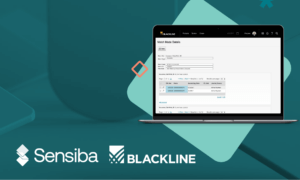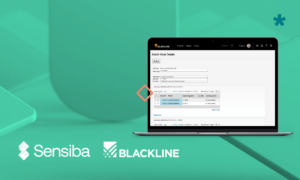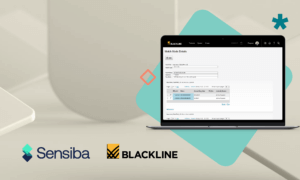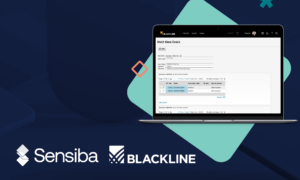For busy finance leaders, implementing an ERP platform can help an organization improve efficiency, unlock performance insights and opportunities, and reduce operating costs.
Choosing an ERP can be a complex decision, requiring careful analysis of the organization’s needs and its software options. For many middle-market companies and nonprofit organizations, the choice often comes down to Sage Intacct vs. Netsuite.
In a Sensiba webinar, experienced implementation consultants compared the platforms, discussed the ideal customer for each, and highlighted the value of working with a trusted partner to help organizations make the best choice for their specific needs.
Overcoming Finance Frustrations
Financial leaders often explore ERP solutions to address common challenges that cause extra work for finance teams and, more importantly, can hinder organizational growth and efficiency by preventing company and functional executives from receiving timely access to performance data.
Common obstacles include not having enough time, people, or information to generate actionable insights from financial results, relying on manual processes and workarounds to move data between financial tools, and cumbersome approval processes.
“The lack of coherent and cohesive reporting from a variety of different systems almost always manifests in a ton of spreadsheets,” said Tom Achor, the Sage Intacct Practice Director at Sensiba LLP. “Excel is a beautiful tool for quickly wrangling a lot of data, but it’s not an ERP.”
Similarities Between Sage Intacct and NetSuite
During the webinar, Achor and Adam Chaikin, a partner with Opal Creek Consulting, explained how Sage Intacct and NetSuite are more similar than different in serving the needs of middle-market companies.
Both platforms are natively cloud-based, unlike ERP tools designed to run on-premises that are later ported to cloud interfaces. This provides several advantages for their customers, including the ability to integrate easily with other financial tools an organization uses and a smoother pathway for updates and upgrades.
“Both of these products have very vibrant ecosystems,” Chaikin said. “These ecosystems mean [customers] have access to professionals and software that can extend your platform and tailor-make that platform to your business…Each of these platforms gives you the capability to look deeply into the portfolio of products that are available to be tailor-made to your needs.”
The tools both offer core financial applications including general ledgers, accounts payable and receivable, cash management, and collaboration tools. They also include a variety of automation tools designed to increase efficiency and reduce the amount of manual labor finance teams endure daily or monthly.
Differences Between Sage Intacct and NetSuite
Beyond the core financial applications, the platforms differ slightly in their approach to related offerings. NetSuite, for instance, is designed to serve as an all-in-one platform for companies that need basic CRM, payroll, or similar tools. Sage Intacct, in contrast, subscribes to a best-of-breed philosophy that relies on deep integration with specialized tools.
Choosing between these approaches generally depends on an organization’s preference for using a single platform or diverse tools, or how complicated its needs might be for the related applications.
Ideal Customers
NetSuite and Sage Intacct are also different in the organizations and industries they’re best suited for. An ideal Sage Intacct customer, for instance, will typically have between 20 to 500 employees and at least $4 million in gross revenue.
Leading industries for Sage Intacct include:
- Nonprofits and foundations
- Professional services
- Family office and wealth management
- SaaS
- Construction and real estate.
An ideal NetSuite customer tends to be slightly larger, starting at 50 employees and around $10 million in gross sales. Common industries for NetSuite include:
- Business services
- Manufacturing
- High tech
- Retail
- Wholesale
- E-commerce.
Getting Implementation Assistance
For a finance leader considering an ERP solution, getting advice and support from an experienced consultant that takes time to understand the organization’s needs can improve the evaluation and implementation process.
Chaikin said an effective technology initiative starts with exploring the organization’s needs and future plans, understanding the consultant’s experience with the customer’s industry, and evaluating how an ERP would fit the company’s technical infrastructure and culture.
Beyond the implementation, effective planning has to include user training and ongoing support to ensure the organization receives the expected benefits from its ERP implementation.
“Being an ERP implementation consultant is like being a bartender, a therapist, and a technologist,” Chaikin said. “We need to be there. We need to listen and comprehend deeply what the issues are, and we need to provide innovative solutions to your business problems.”
For more details, explore the webinar video and the accompanying slides on this page. To learn more about choosing between Sage Intacct and NetSuite, contact us.
















